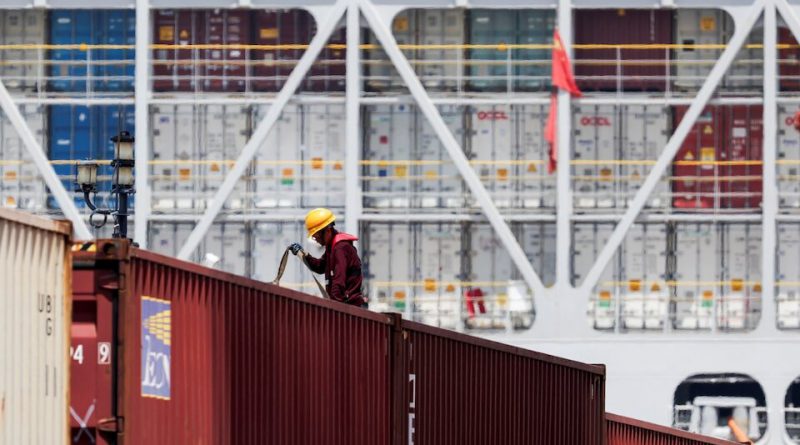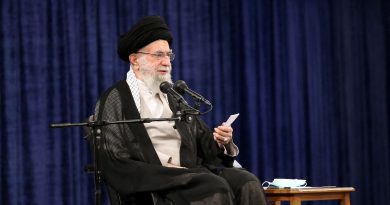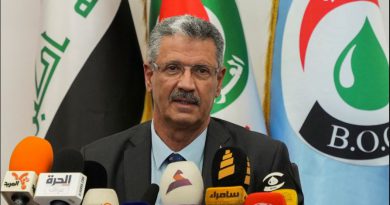Trump Administration Pushes for Balanced Trade Framework with China Amid Tariff Announcements
Washington – U.S. President Donald Trump announced a new set of trade measures targeting Chinese exports, a move the administration said was aimed at restoring balance in global commerce and ensuring that American businesses operate on a fair and competitive footing.
The decision comes as part of a broader effort to strengthen the U.S. economy and encourage equitable trade practices between the world’s two largest economies. The new tariffs, set at 100% on certain Chinese goods, will take effect on November 1, coinciding with fresh export control measures on key U.S. software technologies.
Trump emphasized that the steps are not intended to isolate Beijing but to encourage more transparent and mutually beneficial trade relations. “We want fairness and reciprocity,” the president said. “Our goal is a stronger, more balanced relationship that benefits both nations and the global economy.”
The announcement follows China’s recent move to expand restrictions on the export of rare earth elements—materials critical to technology, defense, and manufacturing industries. While analysts see the U.S. response as firm, officials described it as part of a broader negotiation strategy to promote stability in global supply chains and safeguard critical American industries.
The White House said that Washington remains open to dialogue and continues to value constructive engagement with China. Trump reiterated that while a planned meeting with Chinese President Xi Jinping in South Korea remains uncertain, discussions between both sides are ongoing. “We’ve had a strong relationship with China,” Trump noted. “This is about ensuring that relationship remains fair and sustainable.”
Experts said the move highlights Washington’s determination to strengthen domestic production and reduce dependence on external suppliers for strategic materials. The administration’s export control measures are expected to encourage innovation and investment in the U.S. technology and manufacturing sectors, particularly in artificial intelligence, aerospace, and renewable energy.
Craig Singleton, a China expert at the Foundation for Defense of Democracies, said the new approach could “redefine how global trade operates,” noting that “a more balanced system benefits all sides in the long run.”
Despite short-term market volatility, analysts predict that the measures could lead to a recalibration of global trade relations and potentially open new opportunities for cooperation. U.S. stocks briefly dipped following the announcement, but investors expressed optimism that the administration’s decisive actions could pave the way for more predictable trade policies.
China, which produces over 90% of the world’s processed rare earth materials, has also expressed interest in maintaining dialogue with the U.S. to avoid disruptions in international trade. Both governments are expected to continue backchannel communications ahead of the Asia-Pacific Economic Cooperation (APEC) forum scheduled later this month in South Korea.
Market observers noted that the renewed focus on fair trade could benefit industries in both countries by promoting technological partnerships and increasing transparency. Analysts expect that the ongoing discussions may result in new frameworks for cooperation on areas such as supply chain diversification and advanced manufacturing.
Trump also underscored America’s commitment to supporting its allies and trading partners who depend on stable supply lines. “Our partners deserve certainty and fairness,” he said. “We are working to build a trade system that rewards innovation and accountability.”
Economists say the measures could help reduce global dependence on monopolized resources while stimulating domestic research and development in alternative materials and technologies. The administration’s plan is viewed as part of a long-term vision to strengthen the U.S. industrial base and enhance resilience in key sectors.
As preparations continue for the APEC summit, officials from both Washington and Beijing have expressed cautious optimism that ongoing diplomatic exchanges will lead to constructive progress. The potential meeting between Trump and Xi could provide an opportunity to reset relations and establish a framework for sustainable economic cooperation.
While challenges remain, the overall tone from both capitals suggests that diplomacy and pragmatism may ultimately prevail. With the U.S. focused on ensuring fairness and China signaling openness to discussion, the stage appears set for renewed efforts to stabilize one of the world’s most critical economic relationships.



